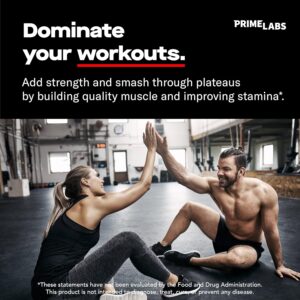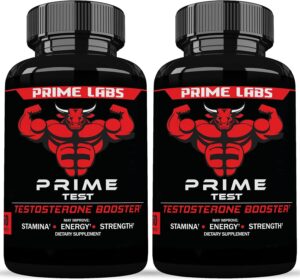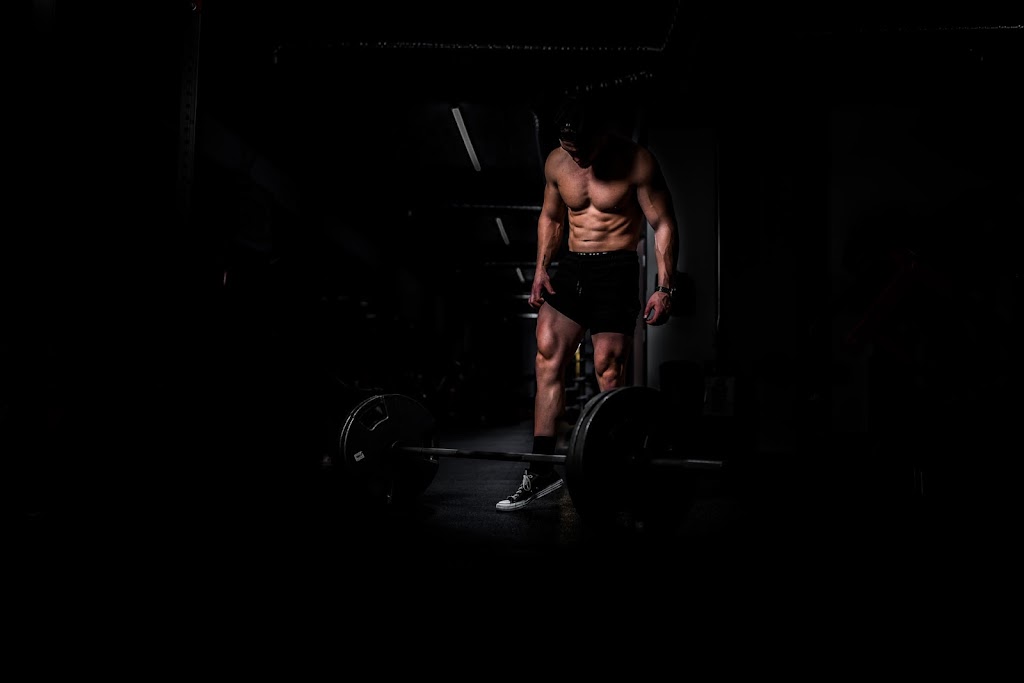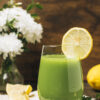If you are a serious lifter, you probably know the importance of grip strength. One of the factors that influences grip strength is if you wear hand protection or support or not. We know that our body can support more weight than our hands can handle so often our grip fails us. We also face the problem of developing calluses if we do not use gloves. Calluses are the hardening of skin due to
friction and pressure, which in those who workout is caused by lifting those
heavy weights. Calluses
are the body’s way of protecting your hand so that your skin does not get torn
and you don’t get blisters, but if they are not properly treated they will tear
and it is a painful experience (and you have to wait for the tear to heal
before lifting again).
friction and pressure, which in those who workout is caused by lifting those
heavy weights. Calluses
are the body’s way of protecting your hand so that your skin does not get torn
and you don’t get blisters, but if they are not properly treated they will tear
and it is a painful experience (and you have to wait for the tear to heal
before lifting again).
Options to protect your hands
- The first option, is to just take care of your calluses by
filing them so that they don’t get too thick above your palm skin level and
also to keep your hands properly moisturised so that they are not easily torn (
dry hands with protruding calluses are easily torn). Also use Weight Lifting Chalk
when you
are lifting to help with your grip (it soaks up moisture, but wash it off as
soon as you are done lifting and moisturise your hands), and to grip the bar
properly so as to minimise the friction with the bar which can reduce callus
formation. Calluses are your natural protection so before I move on to other
methods of protecting your hands I will just give you a few benefits of using
your bare hands to lift. When you lift without gloves, you have your best grip
which means if you are a serious heavy lifter or a power-lifter lifting without
gloves is your best option because it provides the best grip (direct skin to
bar contact is better than when there is something between the bar and your
skin) meaning you will be able to handle more weight just look at all the Olympic weight-lifters.
- The second option is to just buy Lifting Gloves
to eliminate the
problem of calluses, this option is good if you just workout for fun (not in
strength competitions like power-lifting
etc), if you don’t want rough hands and you want normal looking soft hands.
This option is good if you are not the type that lifts the super heavy weights,
but I have seen some guys with good lifts who use gloves (apparently you get
used to wearing gloves). If you are used to wearing gloves it could be a
problem if you forget your gloves and you have to lift with your bare hands,
maybe you will lift something lighter for that session or go heavy and risk
getting blisters for that session. There are weight lifting gloves with wrist
straps which are said to improve grip as well, so that could be an option for
you.

- Weight Lifting Straps
– are said to improve your grip during
heavy lifts if you know how to use them
properly. They improve grip by transferring the load to the wrist. They are
usually used when performing back and trap exercises such as the dead-lift, shrug
and bent over row. These improve your grip when you use them but your grip without them will not improve, if you want to increase you grip strength you would have to have to lift without them sometimes. Lifting straps are handy if you are trying to break through a plateau and you want to use that extra grip so that you lift heavier weights to bring on the growth.

At the end of your day it is your personal choice whether you prefer to keep your hands protected or you prefer to use your bare hands. Its also up to you how you improve your grip, whether its by using your bare hands till they are hardened and get used to the friction or you use lifting straps to offer support at the wrist.







